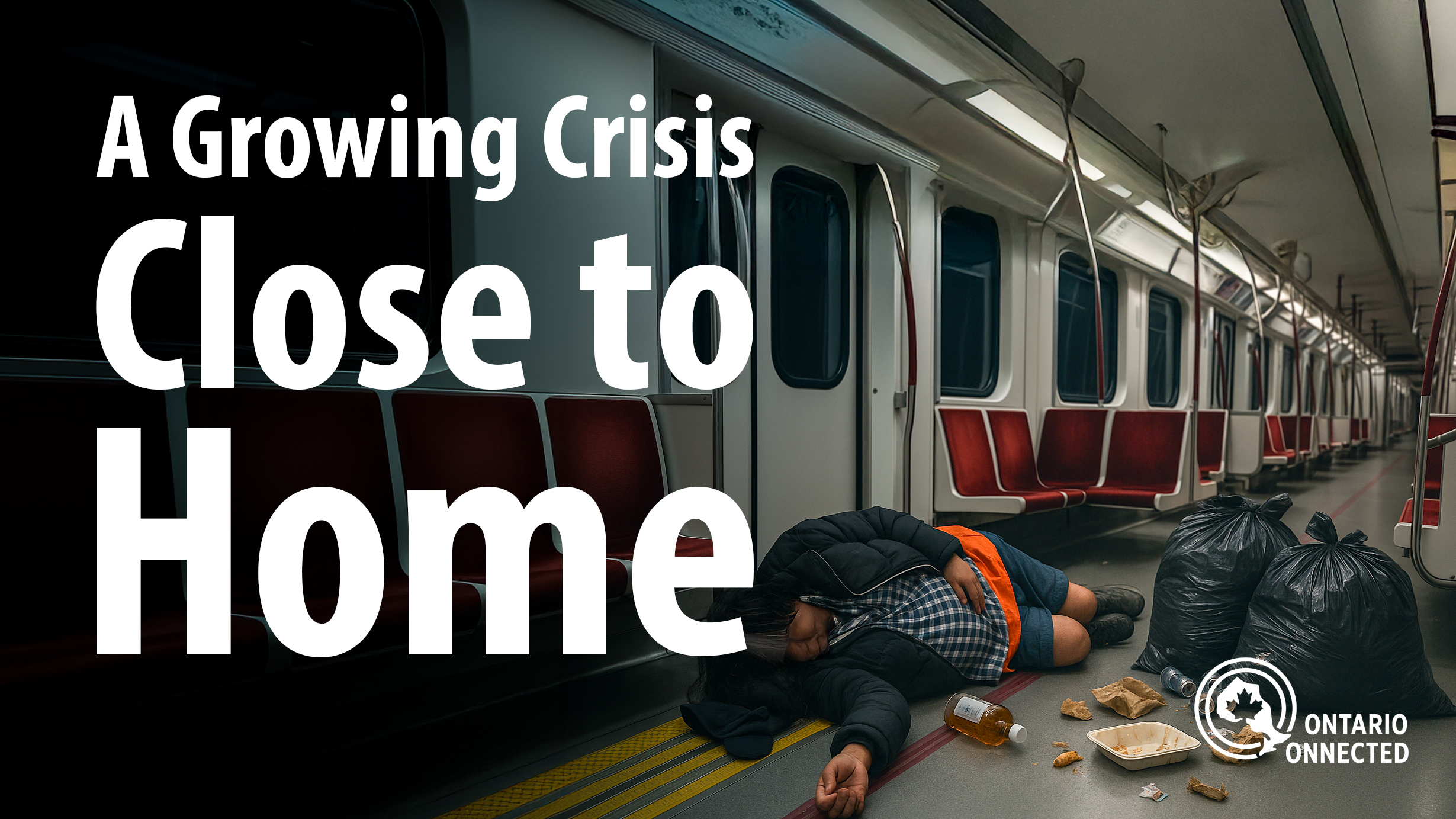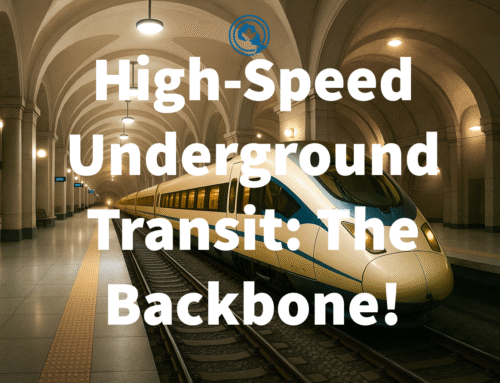A Growing Crisis Close to Home
As one of the last subway operators finishing my shift each night on Toronto’s TTC, I see firsthand how homelessness and public transit have become intertwined. When the final trains are cleared, many riders head home. But for others, the train is home.
Across Toronto—and now in suburban cities like Barrie—encampments and transit spaces reflect a widening crisis. People take refuge in subways, buses, and station corners because shelters are full, rules feel unsafe, and affordable housing is out of reach.
This reality is unacceptable for a G7 country. Homelessness is not simply a Toronto issue—it is an Ontario issue, and a Canadian issue.
The Interconnected Causes of Homelessness
Homelessness is rarely caused by one factor. It is the outcome of many systemic issues colliding:
-
Public Transit as Refuge: Transit systems, meant for mobility, have become overnight shelters.
-
Mental Health & Addiction: Without accessible care, untreated challenges leave people vulnerable to displacement.
-
Immigration & Housing Stress: Many newcomers, including international students, live in undignified conditions—sometimes sharing bunks in shifts just to afford rent.
-
Lack of Jobs & Income Security: Without stable, fairly paid work, many cannot cover even basic housing.
-
Housing Shortages: Ontario’s lack of affordable housing leaves thousands with no options.
Each of these realities feeds into homelessness, pushing people onto public transit and into encampments.
When Homelessness Impacts Public Transit
For those of us working on the system, the crisis has operational consequences too. At the end of the night, trains often cannot head directly into storage yards. Crews and security must first offload individuals sleeping on board, sometimes leading to delays across the line.
Every minute a train is held costs the city money—adding another layer of financial strain to municipalities already stretched thin.
This is not just a social challenge. It is a public safety, financial, and operational issue. Addressing homelessness is critical not only for compassion’s sake but also for the reliability of transit itself.
Public Safety and Dignity for All
The presence of unhoused people in transit spaces often creates tension. Riders want safety. Operators want reliability. But safety can’t come at the expense of dignity.
Removing people without offering alternatives only shifts the problem.
Ontario needs safe, accessible, and dignified shelters—preferably near or within transit hubs—overseen by professional care institutions such as:
-
Public Health agencies providing addiction and mental health services,
-
Social assistance programs helping with housing and employment pathways,
-
Community organizations linking people to long-term support.
Transit hubs can become more than transfer points—they can be gateways to care and stability.
How Ontario Connected’s Future Transit Hubs Can Help
Ontario Connected envisions hubs that don’t just move people, but also support them. By embedding housing, services, and opportunities around transit, we can directly reduce homelessness and improve community well-being.
Hubs as Part of the Solution:
-
Shelters & Housing: Clean, safe, accessible facilities integrated into or near hubs.
-
On-Site Care: Health, addiction, and mental health services delivered where people already are.
-
Job Creation: Retail, services, and infrastructure jobs linked directly to transit hubs.
-
Support for Newcomers: Housing and employment resources to prevent international students and immigrants from falling into undignified living conditions.
-
Public Safety: Fewer delays, safer stations, and less strain on operators and municipalities.
Ontario Connected is about more than trains. It is about building modern infrastructure that tackles homelessness, improves mental health, and creates pathways to dignity and stability.
A Path Toward a Healthier Ontario
Homelessness, addiction, immigration stress, housing shortages, and lack of jobs are not separate problems—they are interwoven. And right now, public transit is where those problems show up most visibly.
But the solutions can also be interwoven: Ontario Connected hubs that combine mobility, housing, jobs, and care can break the cycle.
By designing transit systems to also serve as community anchors, we can create an Ontario where:
-
No one needs to survive on a train or bus.
-
Riders and workers feel safe and respected.
-
Vulnerable groups—including newcomers and students—have access to dignity and opportunity.
-
Our province reflects the compassion and infrastructure leadership expected of a G7 nation.
Final Thought
Ontario Connected believes that transit must do more than move people. It must connect people to opportunity, housing, and care.
When transit hubs become part of the solution, we build not only faster, more efficient mobility but also healthier, safer, more compassionate communities.




Leave A Comment
You must be logged in to post a comment.